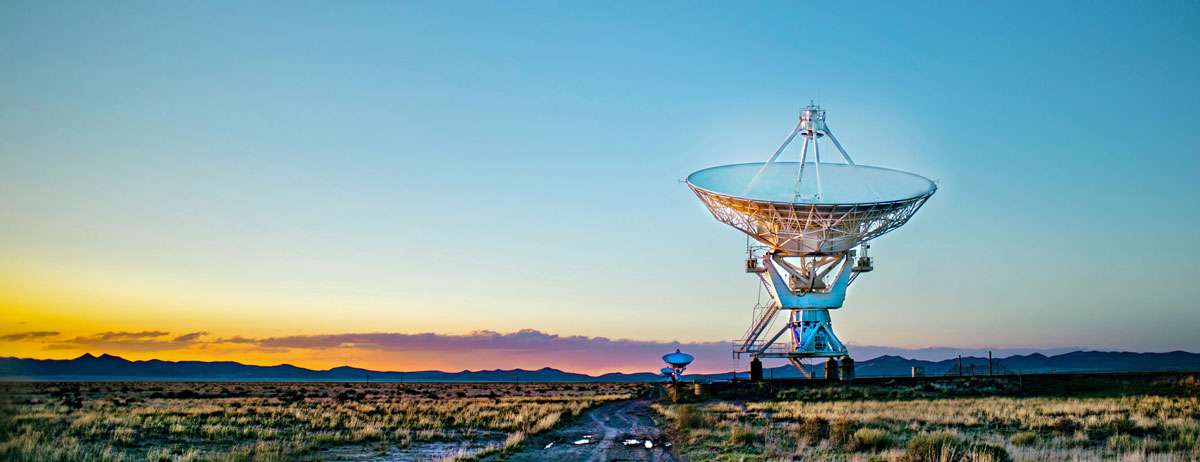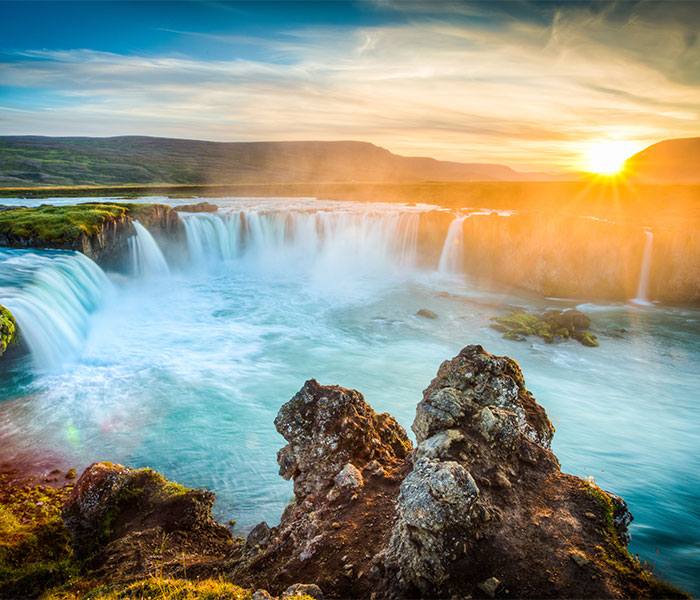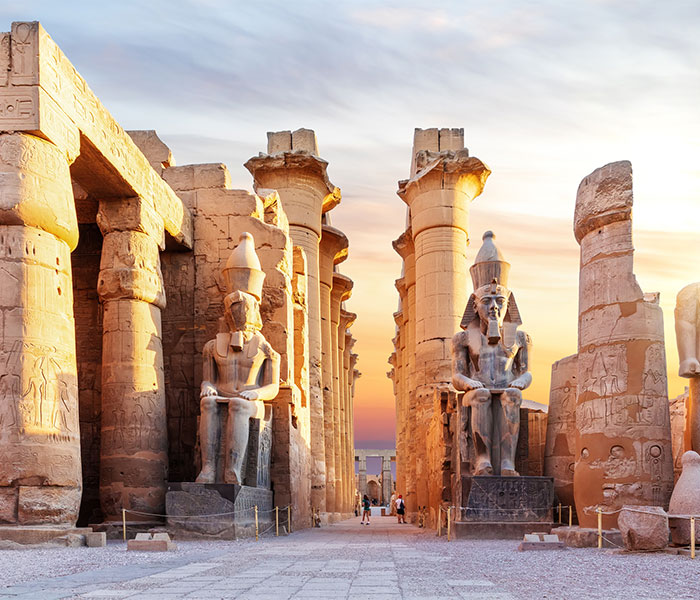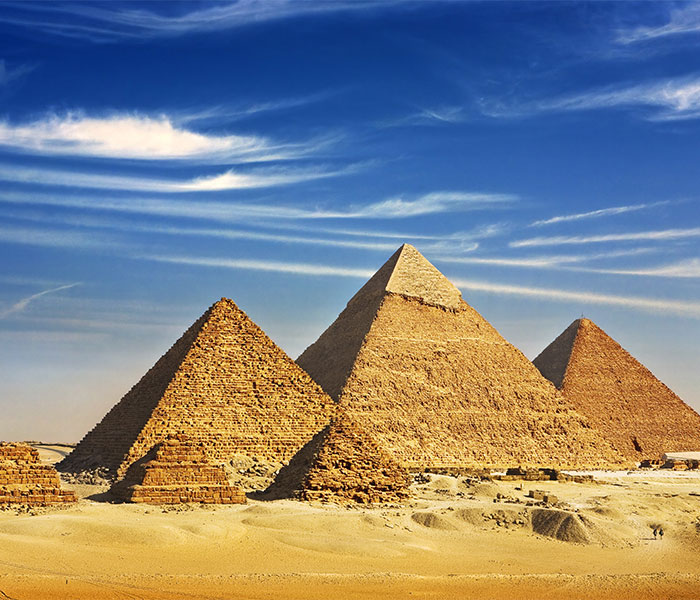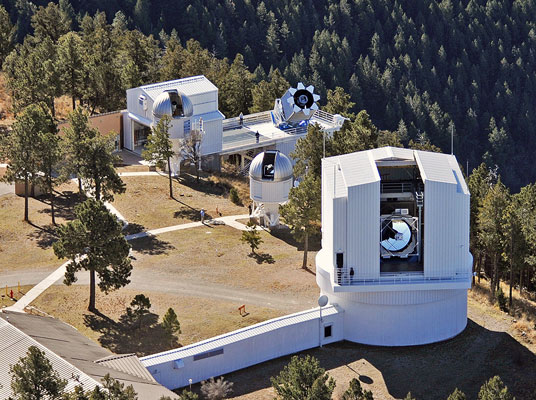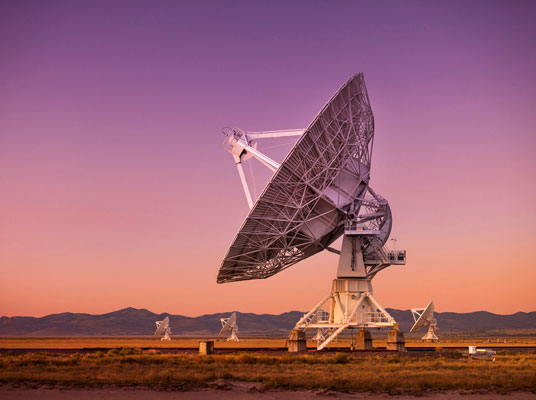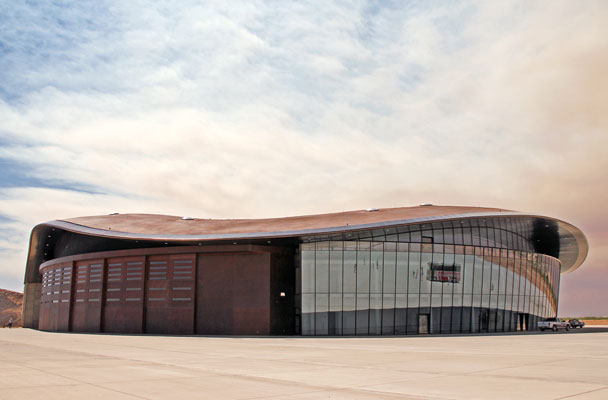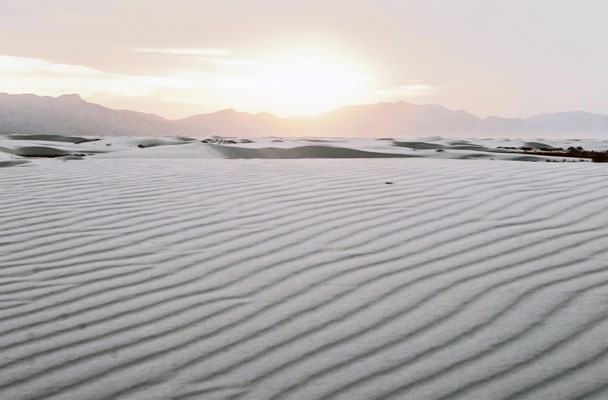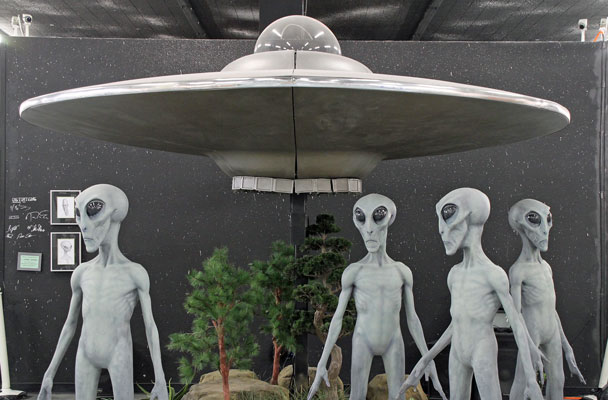New Mexico, with its dry climate and exceptionally clear skies, has long attracted both professional astronomers and passionate stargazers from across the country. For astronomy enthusiasts in particular, some of the best places to visit in New Mexico are the numerous professional observatories scattered across the state, including Apache Point Observatory. Its three large telescopes wouldn’t be located in New Mexico were it not for the presence of dark night skies across much of the state. And because of those dark skies, stargazing is a key component of any New Mexico trip planned by TravelQuest.
Of course, there’s more to the state than stars. After exploring its spectacular desert landscapes and lively arts communities steeped in the heritage of the Pueblo people, you’ll understand why the state of New Mexico’s official nickname is “Land of Enchantment.” One example: The scenic High Road to Taos, which passes through an authentic remnant of Old Spain, complete with adobe churches and numerous other signs of the region’s Spanish heritage.
A perhaps unexpected benefit of our travel in New Mexico is the state’s proximity to Arizona, home of even more natural wonders and astronomical sites. When possible, we include portions of Arizona in a New Mexico trip, either as part of the main itinerary or as an optional post-tour add-on.


